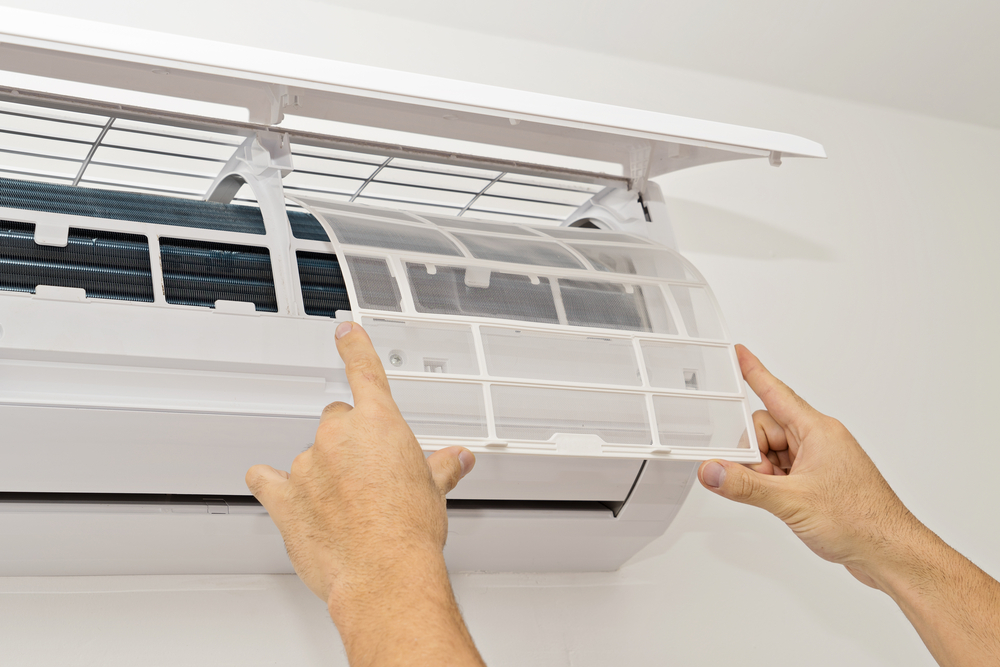HVAC Maintenance Tips and Seasonal Service Costs
Regular HVAC maintenance keeps systems efficient across seasons. Seasonal tune-ups help manage energy use, reduce costly repairs, and maintain comfort. Understanding service costs helps plan routine care for consistent indoor air quality and performance.

Maintaining your heating, ventilation, and air conditioning system requires strategic planning and understanding of seasonal demands. Professional maintenance not only keeps your home comfortable but also protects your investment in climate control equipment.
Seasonal HVAC Maintenance Tips for Year-Round Performance
Spring maintenance focuses on preparing cooling systems for summer demands. Clean or replace air filters, inspect ductwork for leaks, and ensure outdoor units are clear of debris. Check refrigerant levels and test thermostat functionality to prevent mid-summer failures.
Fall preparation emphasizes heating system readiness. Inspect heat exchangers for cracks, test safety controls, and clean burner components. Replace batteries in carbon monoxide detectors and ensure proper ventilation around heating equipment.
Winter maintenance involves monitoring system performance and addressing minor issues before they escalate. Keep vents unobstructed, maintain consistent temperatures, and schedule emergency service contacts for unexpected breakdowns.
Summer upkeep includes regular filter changes, monitoring energy consumption, and ensuring adequate airflow throughout your home. Clean evaporator coils and check drainage systems to prevent water damage.
Cost Factors for Service and Tune-Ups
Several variables influence maintenance expenses, including system age, complexity, and regional labor rates. Older equipment typically requires more extensive service, while newer systems benefit from warranty coverage and standardized procedures.
Geographic location affects pricing due to varying labor costs and seasonal demand fluctuations. Urban areas generally command higher service rates compared to rural regions, while extreme climate zones may require more frequent maintenance intervals.
Service complexity ranges from basic filter replacements to comprehensive system overhauls. Preventive maintenance costs significantly less than emergency repairs, making scheduled service appointments financially advantageous for homeowners.
Improving Efficiency and Comfort Through Regular Maintenance
Consistent maintenance enhances system efficiency by ensuring optimal component performance. Clean coils transfer heat more effectively, while properly calibrated thermostats maintain desired temperatures without energy waste.
Air quality improvements result from regular filter changes and duct cleaning. Removing accumulated dust, allergens, and contaminants creates healthier indoor environments while reducing strain on system components.
Energy savings accumulate over time through maintained equipment efficiency. Well-serviced systems consume less electricity or gas while delivering consistent comfort levels throughout your home.
| Service Type | Provider | Cost Estimation |
|---|---|---|
| Annual Maintenance | Carrier | $150-$300 |
| Seasonal Tune-up | Trane | $120-$250 |
| Emergency Service | Lennox | $200-$500 |
| Filter Replacement | Local Contractors | $25-$75 |
| Duct Cleaning | ServiceMaster | $300-$600 |
Prices, rates, or cost estimates mentioned in this article are based on the latest available information but may change over time. Independent research is advised before making financial decisions.
Equipment longevity directly correlates with maintenance frequency and quality. Systems receiving regular professional attention typically operate 15-20 years, while neglected equipment may fail within 8-12 years. This maintenance investment pays dividends through extended equipment life and reduced replacement costs.
Professional technicians identify potential issues before they become expensive problems. Early detection of worn components, refrigerant leaks, or electrical problems prevents catastrophic failures that could require complete system replacement.
Regular maintenance creates comprehensive service records that prove valuable for warranty claims and system diagnostics. Detailed maintenance logs help technicians identify patterns and recommend appropriate solutions for recurring issues.
Scheduling maintenance during off-peak seasons often results in better pricing and technician availability. Spring and fall appointments typically cost less than emergency summer or winter service calls when demand peaks.




